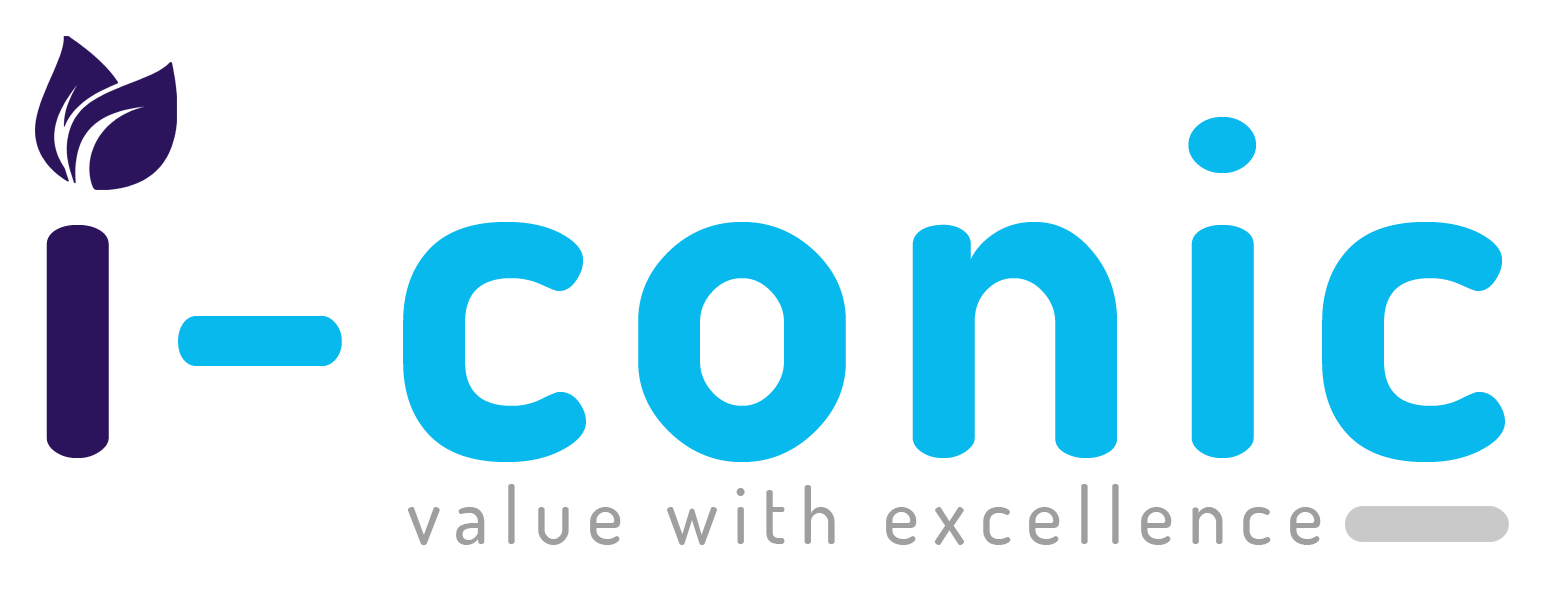Do you wish it were easier for your healthcare practice to deliver exceptional patient care and maintain financial stability? Whether you’re a pharmacist, therapist, or any other healthcare provider, an important, often unnoticed, process keeps your practice flourishing: medical billing.
Consider this: every time you deliver care, an intricate system works actively behind the scenes to ensure you get paid. This is precisely what medical billing is. It’s the backbone that maintains your revenue flow by confirming insurance details, precisely coding procedures, submitting claims, and persistently chasing delayed payments. Without this critical function, even the most dedicated practice can face significant financial pressure.
But how exactly does medical billing operate? And is it essential for healthcare providers to understand every single detail of its operation? In this blog post, we’ll thoroughly explore what medical billing is and the 10 important steps you need to take to get started with it, tracing its journey from the moment a patient arrives until long after their appointment has concluded.
Understanding Medical Billing Services
So, what is medical billing? According to the American Academy of Professional Coders (AAPC), it’s the process of preparing and submitting healthcare claims to insurance companies to secure payment. This involves converting medical procedures, services, and diagnoses into standardized codes and then sending these as claims to the relevant payers. A medical billing service plays a key role in making sure these claims are processed accurately, allowing providers to get paid correctly for the care they offer.
Apart from just creating and sending claims, medical billers are vital for monitoring claim progress, handling rejections, recording payments, and staying updated with constantly changing healthcare rules. In essence, medical billing fills the financial gap among patients, healthcare providers, and insurance companies, ensuring the continuous flow of funds within the healthcare system.
The 10 Steps in the Medical Billing Cycle
This process is a methodical, step-by-step system designed to guarantee timely and accurate reimbursement for medical providers’ services. Each stage plays a significant role in avoiding mistakes, preventing delays, and strengthening the financial stability of medical practices.
Here’s a breakdown of the key steps involved, showing how medical billing works:
1. Patient Onboarding
The journey begins with the very first contact – patient registration. This fundamental phase involves gathering essential personal and insurance details, such as the patient’s full name, contact numbers, health plan provider, and policy identification. This information is primarily captured digitally, often via electronic health records (EHRs), ensuring both precision and effortless retrieval. Verifying these particulars is important for building a complete patient profile, which then serves as the base for all subsequent claim processing. It’s equally important to re-verify and update this information during future visits to avoid any hold-ups or inaccuracies in billing.
2. Insurance Eligibility Check
Following initial intake, confirming the patient’s insurance benefits is an important next step. This involves validating their eligibility, understanding the current status of their policy, identifying any deductibles, co-payments, and the extent of coverage for specific treatments. This stage might also include checking for any additional or supplemental insurance provided by an employer. This confirmation process helps in clearly outlining the patient’s potential out-of-pocket costs and prevents claims from being rejected simply because services were not covered. Furthermore, it’s essential to determine if any pre-approvals are necessary to avoid delays in either receiving care or getting paid.
3. Detailed Clinical Documentation
Careful record-keeping of the patient’s visit is necessary. Healthcare professionals must thoroughly document all relevant information, including diagnoses, prescribed treatments, medications, and any procedures carried out during the appointment. This comprehensive data should be preserved within the EHR system, as it forms the foundational source for accurate coding and subsequent billing. Sufficient documentation not only validates the medical necessity of the care and supports ongoing treatment but also significantly minimizes the likelihood of claim denials due to missing details.
4. Transcribing Encounter Records
After the patient’s appointment, the healthcare provider’s notes are converted into a standardized medical format suitable for billing. These records, whether originally handwritten or voice-recorded, need to be transcribed and structured for clarity. Depending on the practice’s operational setup, these processed notes are then either transferred to an internal billing team or sent to an external medical billing service. The precise and timely transfer of these encounter notes is required for achieving accurate medical coding.
5. Assigning Standardized Codes
Medical coders play a central role in what is medical billing, transforming the clinical documentation into specific billable codes using established classification systems such as ICD-10 for diagnoses, CPT for medical procedures, and HCPCS for other services. These standardized codes enable insurance companies to evaluate claims and determine eligibility for reimbursement. Accuracy in this coding phase is important, as errors can lead to claim rejections, compliance issues, or inadequate payments. This step also distinguishes between services performed by physicians and those provided by non-physician staff using different sets of codes.
6. Entering Service Fees
Once the coding process is finished, the next stage is charge entry. Every medical service delivered is assigned a specific cost that must be precisely recorded. Moreover, these charges are linked to their corresponding codes, and the payment responsibilities of both the payer (insurance) and the patient are indicated. This step ensures that claims are complete and that the billed amount accurately reflects the true financial value of the healthcare provided.
7. Claim Verification and Submission
Before claims are dispatched to insurance providers, they undergo a thorough verification, often called “scrubbing,” to identify and correct any inaccuracies. Automated tools or integrated features within billing platforms are instrumental in catching coding or data entry errors. Once verified, claims are submitted electronically, either directly to the payers or through a clearinghouse that standardizes claims to meet the specific requirements of each insurer. This check is necessary for preventing rejections caused by incorrect formatting or incomplete information.
8. Payer Assessment
Following submission, claims proceed to adjudication by the insurance company. The payer assesses the claim following the policy’s terms to ascertain the reimbursement amount. The result could be a full approval, a partial payment, or a denial. This decision is accompanied by an Explanation of Benefits (EOB) or Electronic Remittance Advice (ERA), providing comprehensive details regarding coverage, any rejections, or reasons for denial. Analyzing these responses in detail is important for identifying any underpayments or errors.
9. Patient Invoicing
If the insurer only covers a portion of the services rendered, the patient is then directly billed for the remaining balance. A clear and comprehensive statement is issued to the patient, detailing their charges, the insurance coverage applied, and any personal financial obligations. This statement typically includes payment instructions, due dates, and contact information for any questions. Providing such clarity in patient billing significantly reduces confusion and boosts the likelihood of prompt payments.
10. Payment Reconciliation and Collections
The final phase involves recording all received payments into patient accounts and overseeing any outstanding collections. Once funds arrive from both payers and patients, they are posted to reflect up-to-date balances. Actively monitoring accounts receivable (AR) is vital for keeping track of unpaid claims and ensuring timely follow-up. Consequently, appeals can be initiated for denied claims, and reminders or collection procedures can be started for any overdue patient balances. Precise payment posting ensures financial records are current and upholds the overall integrity of revenue.
Why Entrust Your Medical Billing to Experts?
Medical billing undeniably ensures healthcare professionals receive timely and accurate payments for their services. It plays an important role in preventing common mistakes like undercoding, overcoding, or lost claims, which can otherwise lead to significant revenue loss or financial penalties. From a patient’s perspective, the clarity and accuracy provided by medical billing statements significantly boost their satisfaction and strengthen their confidence in the practice.
However, to completely understand what medical billing is, it’s important to realize just how complex it is as a whole. Its effectiveness depends on numerous factors, including the specific health organization, the insurance payer, the type of service provided, and the patient’s details. Medical billers must constantly refine their skills to keep up with the ongoing shifts in coding systems, regulations, and forms. Even minor billing errors, such as missing or incorrect information, frequently result in claim denials and delayed payments.
Given these challenges, partnering with a trusted medical billing and coding service, such as I-conic Solutions, can significantly reduce your administrative burden, enhance claim accuracy, and accelerate your revenue collection. Their specialized expertise leads to a remarkably efficient, accurate, and smooth operational flow, strengthening your practice’s economic standing and increasing overall patient satisfaction.






